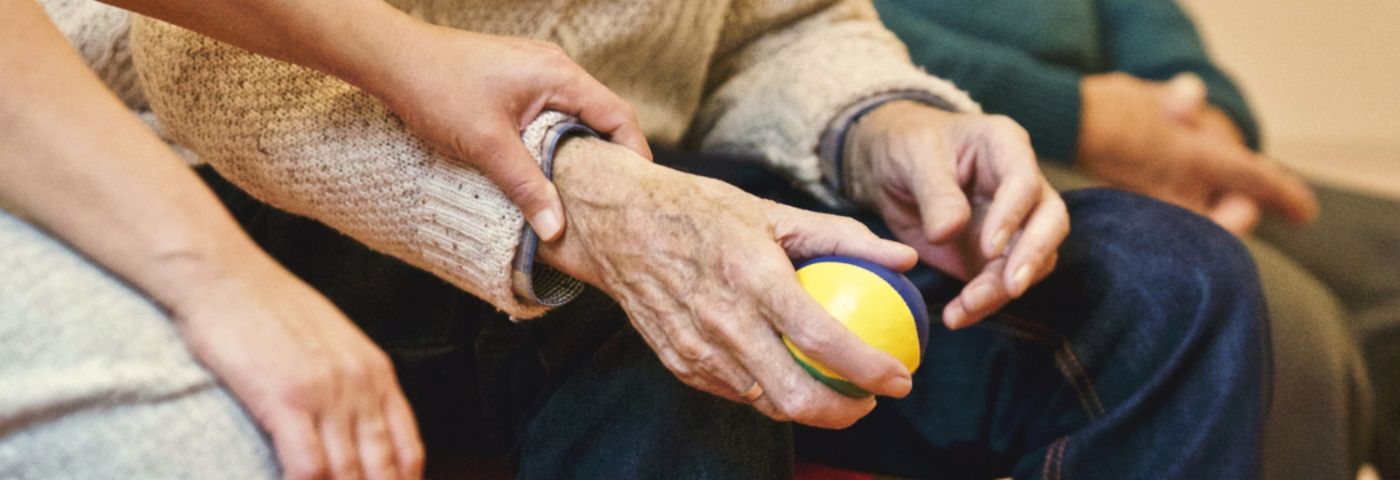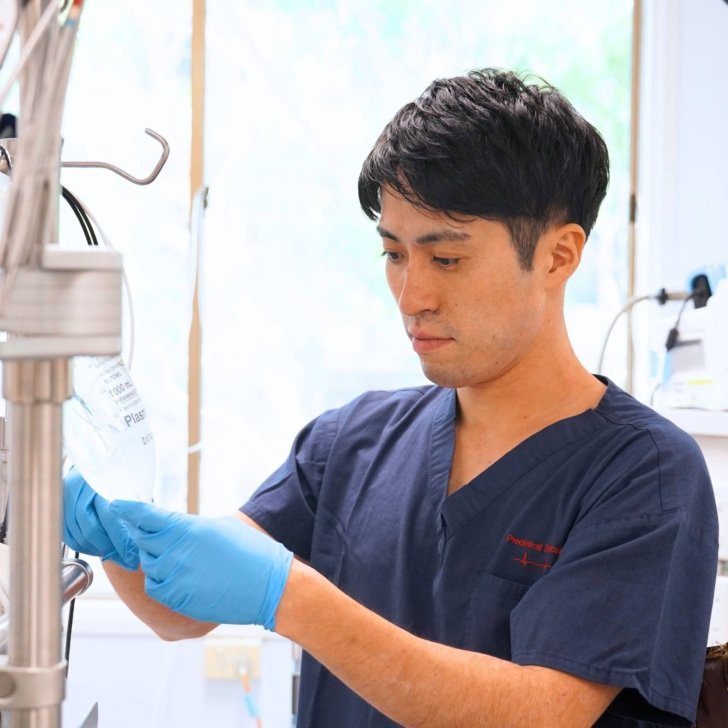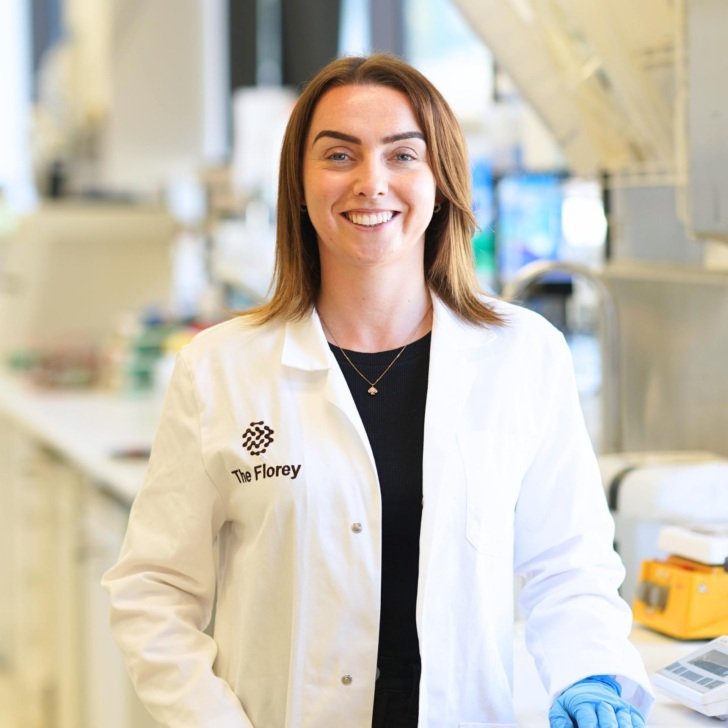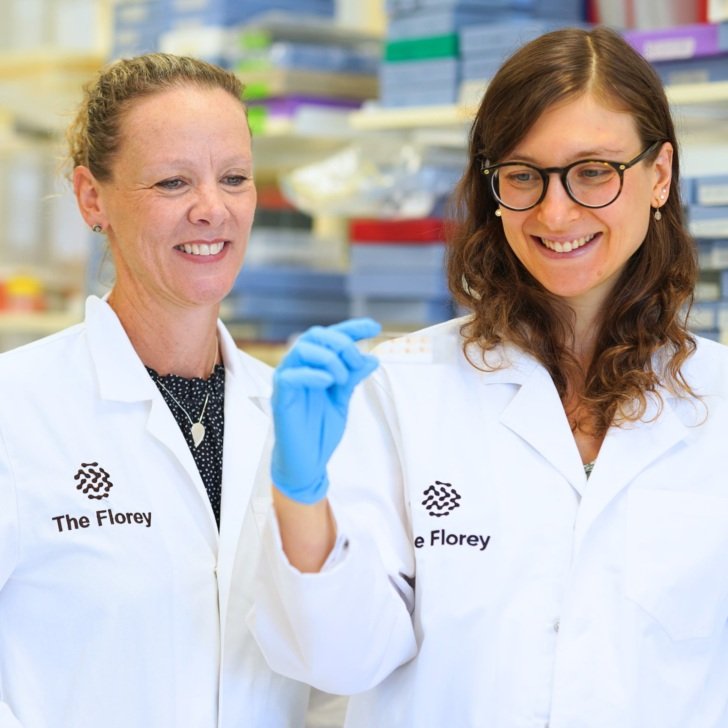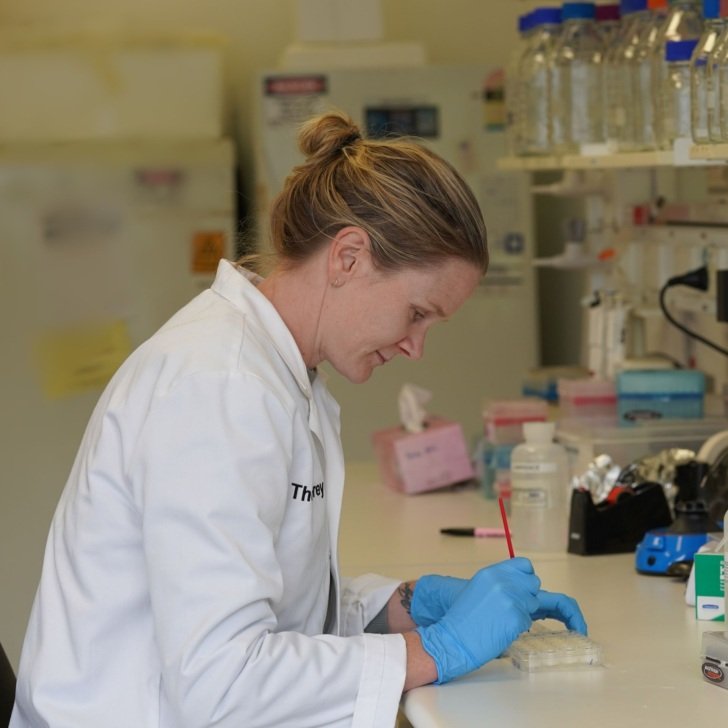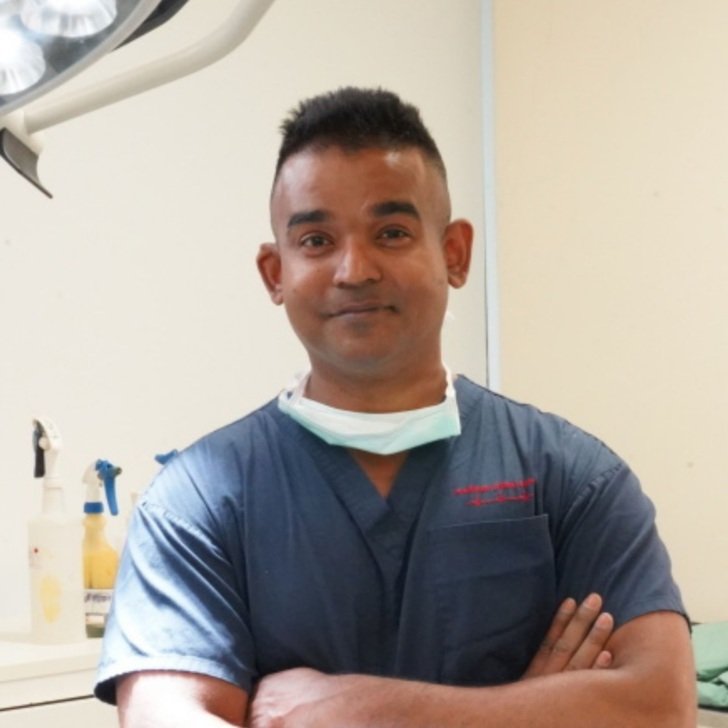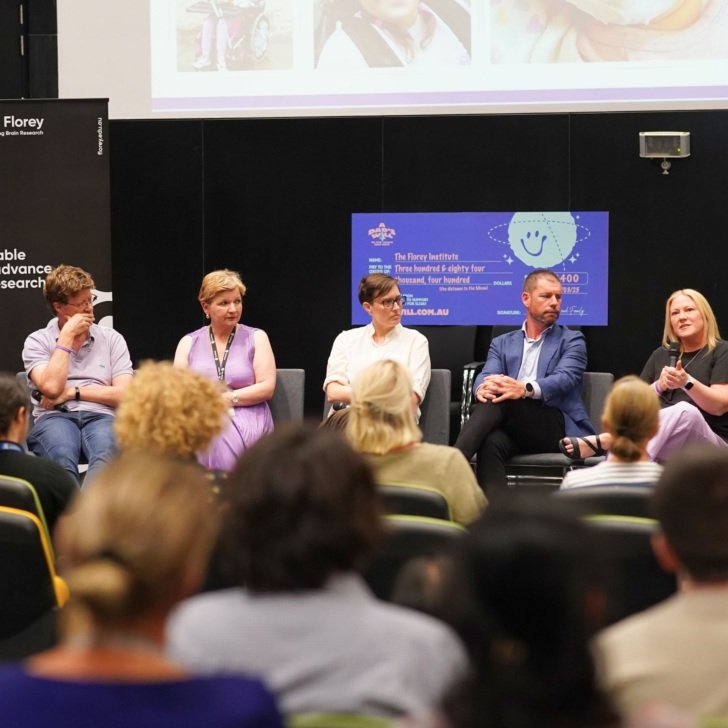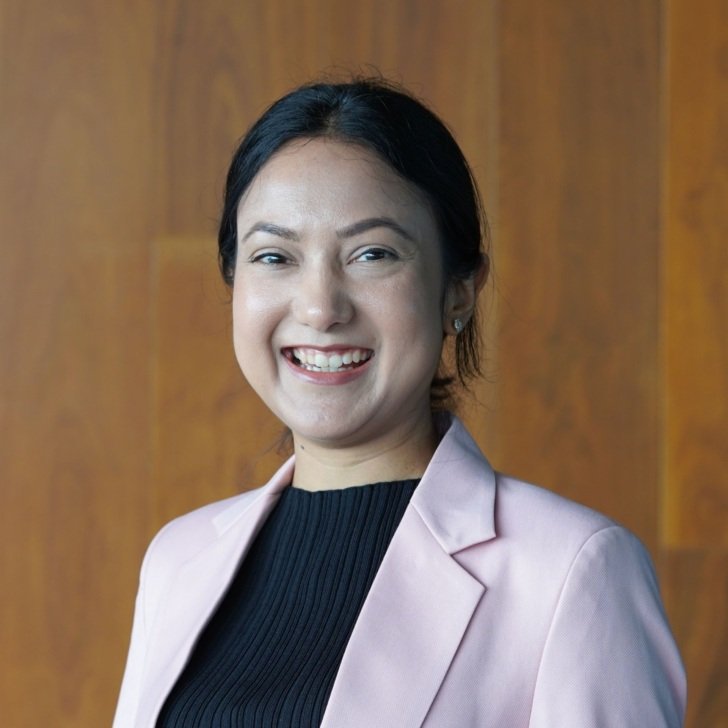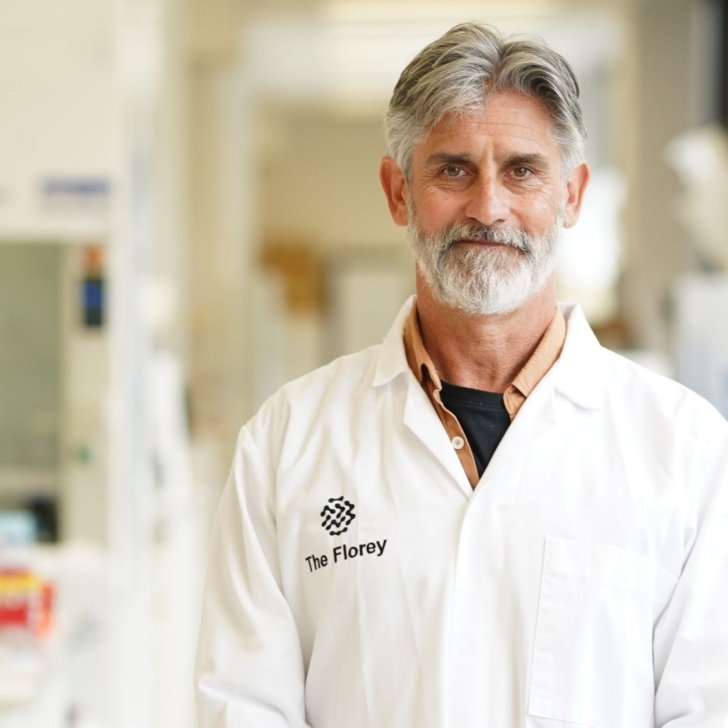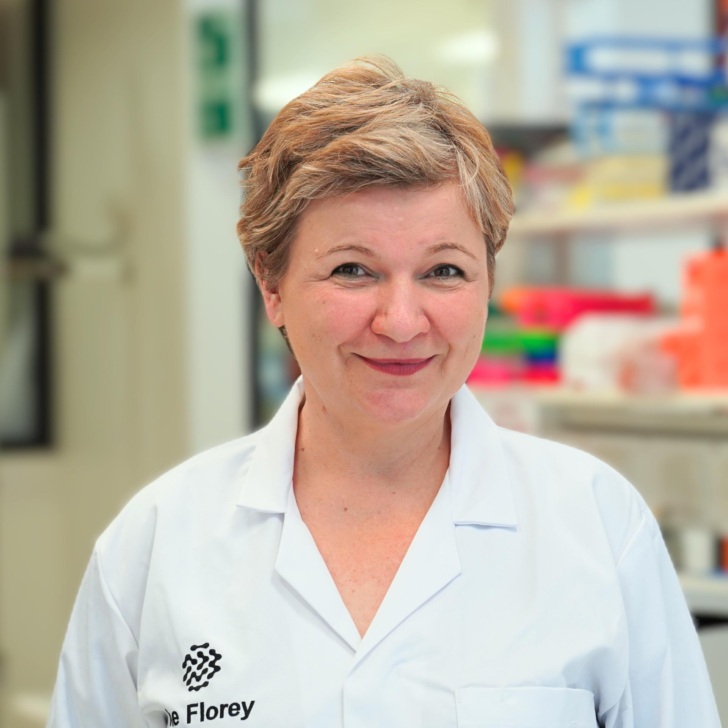- More than 400,000 Australians are currently living with stroke, with the number projected to rise to 800,000 by 2050.
- Around 80 per cent of people who have a stroke have problems with moving and walking. Access to or starting rehabilitation can be delayed.
- Florey researchers are working to improve outcomes for people with stroke, including testing approaches to improving rehabilitation environments, services and interventions.
Rehabilitation key to stroke to recovery
Stroke is one of Australia’s leading causes of death and disability. More than 400,000 Australians of all ages are currently living with stroke, and by 2050 that number is projected to rise to 800,000.
People who have survived a stroke may face many challenges sensing, moving, thinking and communicating.
Most people who have had a stroke will live with some visible or invisible consequences, but research shows that the kind of care they receive can make all the difference.
Families, communities, support organisations and aged care providers all play an important role in supporting those who’ve experienced a stroke. Recovery can take a long time, and support needs to be ongoing.
At The Florey, we’ve been working to improve outcomes for people with stroke for decades. Clot busting and clot-retrieval treatments for people with acute stroke due to a clot are now ‘usual care’ and have made a huge difference to patient outcomes.
The important message to access these interventions is to get to hospital FAST. This acronym is coined from the symptoms of stroke – drooped face, difficulty raising arms and slurred speech, as well as it being time-critical to get medical attention.
We have also been testing different approaches to improving rehabilitation environments, services and interventions to help improve outcomes for people affected by stroke.
We know that while recovery can continue for months or even years after stroke, there is a period after stroke in which the brain seems to be most receptive to positive change. This appears to be in the first five to six weeks, and lessens over time.
This is not to say that positive changes are not possible later, but it does emphasise that what happens in the first few months after stroke is important.
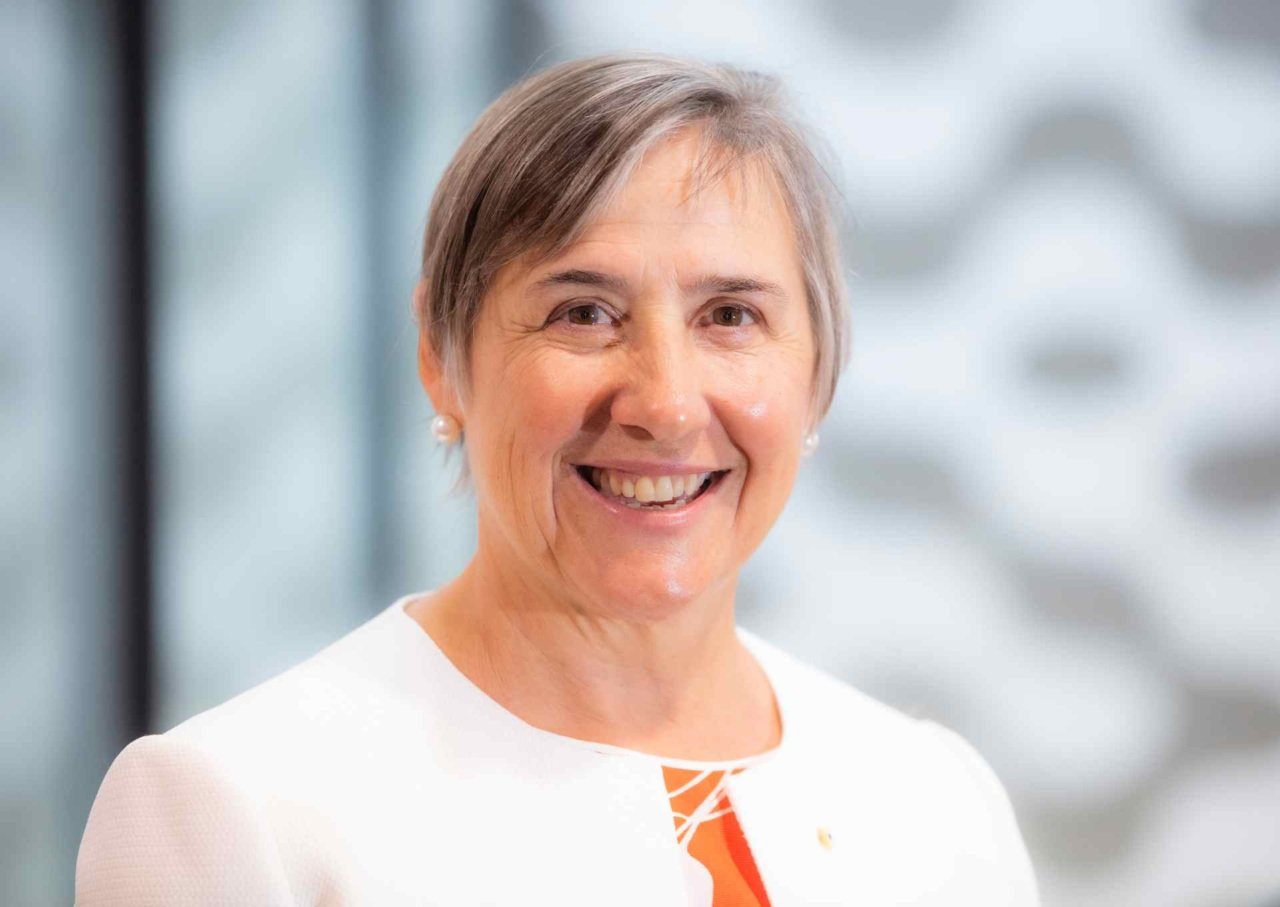
Below we outline just a few areas of research we’ve been exploring to improve outcomes for people with stroke.
The rehabilitation environment
Stroke rehabilitation environments are critical spaces for recovery but have received little attention. In fact, rather than encouraging stroke survivors to be active, many facilities inadvertently encourage them to stay in their rooms, often in
bed and alone. This isolation can have serious consequences at a time when the goal is to optimise engagement, activity and practice of lost skills to optimise recovery. Instead, hospital environments should provide:
- a positive and stimulating environment
- communal spaces and destinations that encourage people to get up and be active
- access to and a view of the outdoors
- personal control over their environment and activity.
NOVELL Redesign
We’ve been working with stroke survivors, families, clinicians, architects, designers and researchers to rethink and redesign how rehabilitation environments and service models work to support the goal of rehabilitation, that is, better recovery for patients.
The NOVELL Redesign project has successfully generated a new model for redesigning rehabilitation spaces, that can extend to other healthcare environments. As an open, Living Lab, our goal is to influence government, policy makers and others to make positive change to these environments. Based at the Florey Institute of Neuroscience and Mental Health in Melbourne, the team has been considering current guidelines and evidence-based rehabilitation architecture, and applying rigorous research and cutting-edge technology to visualise, test and refine new designs in a virtual facility.
Earlier rehabilitation after stroke
For many years, and still in many countries, the start of rehabilitation is delayed or access to some form of rehabilitation is poor. We have spearheaded research that aims to find the safest and most effective type and amount of rehabilitation to kick start recovery of mobility very early after a stroke.
Around 80 per cent of people who have a stroke have problems with moving and walking. We are trialing different early mobility training protocols in 42 hospitals in seven countries.
With more than 530 patients in the study so far, our goal is to roll out the best clinical protocols across the world.
